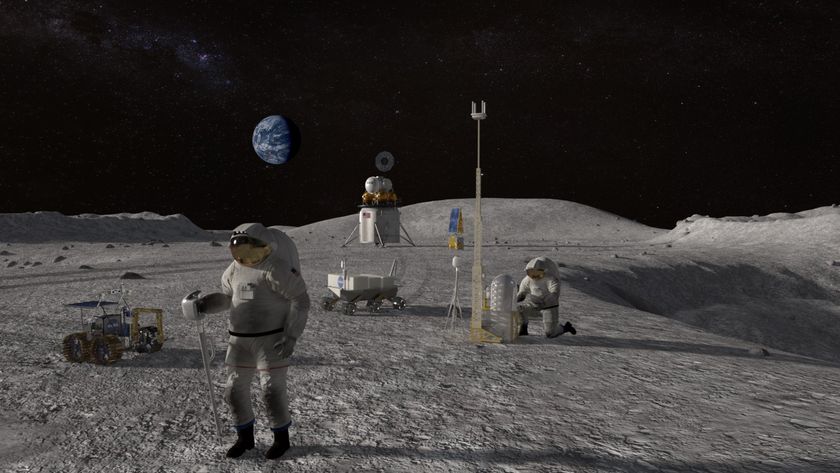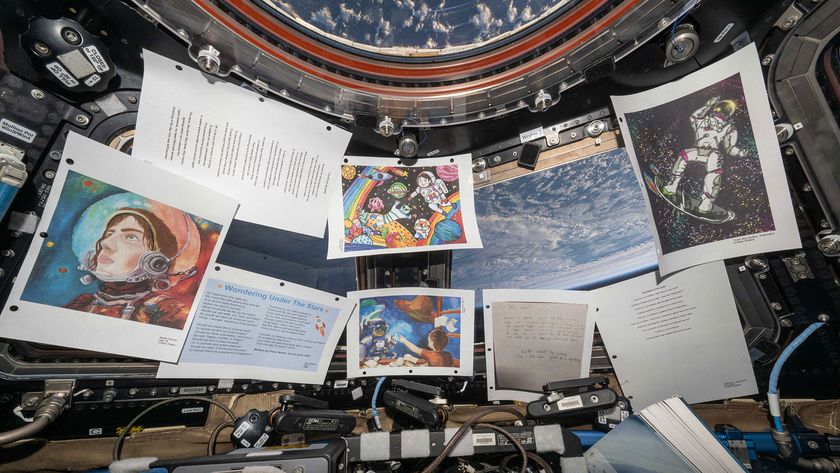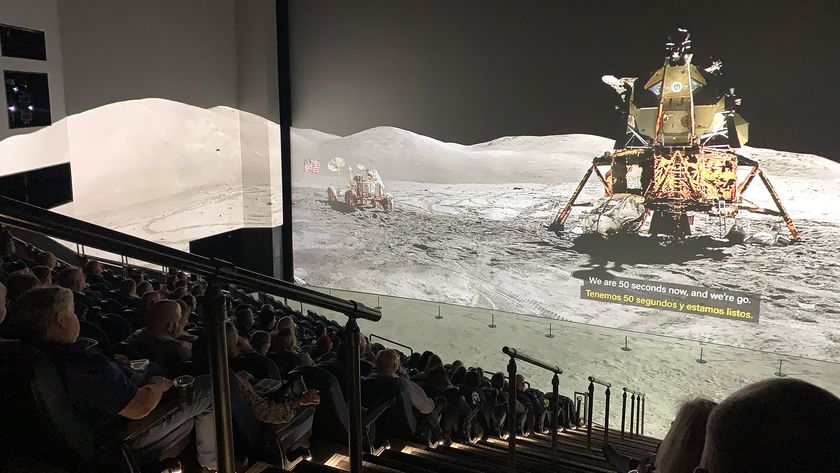China's Space Dreams Ride on Robotic Docking Test
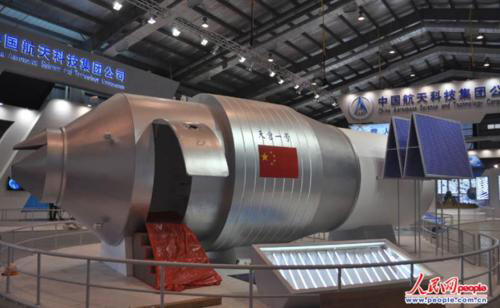
China, a burgeoning power in the world space community, is poised to launch a test module for its first space station. The question is, when?
The liftoff was initially expected to take place in the fall. However, the Aug. 19 failure of an unmanned Chinese satellite to enter orbit has delayed the rollout of the module, named Tiangong-1 ("Heavenly Palace" in Chinese).
The space station precursor module is slated to launch on a Chinese Long March 2F rocket, similar to the Long March 2C booster that doomed the experimental SJ-11-04 satellite in August. Chinese space officials have put a hold on the Tiangong launch until the issue with the rocket is resolved. [Photos: China's First Space Station]
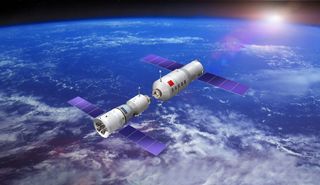
Significant step
When China does succeed in launching Tiangong-1, it will mark the first in a series of steps toward the nation's goal of building its own 60-ton space station by the year 2020. An unmanned Shenzhou 8 spacecraft would launch a couple of months after Tiangong-1 and dock with it, in a demonstration of the autonomous docking technology necessary for assembling the station.
"The ability to do that robotically is going to certainly be a technological step forward for them," said Joan Johnson-Freese, chairwoman of the Department of National Security Studies at the Naval War College in Newport, R. I. "Some people have compared this to where we were at with Gemini. But we were doing it with people. If they can do it with robotics, it's a demonstration of a technological step forward."
China launched one astronaut on its first manned spacecraft, Shenzhou 5, in 2003. Since then it has sent five more men into space and performed the nation's first spacewalk.
Get the Space.com Newsletter
Breaking space news, the latest updates on rocket launches, skywatching events and more!
Though these achievements come decades after the United States and Russia performed the same feats, they are enough to make China a force to be reckoned with in the future of human spaceflight, experts say. [How China's First Space Station Will Work (Infographic)]
"They have clearly established themselves in the top tier of spacefaring countries," Johnson-Freese told SPACE.com. "There are only three countries in the world who have the ability for human spaceflight, and China's one of them. If it were easy, there would be more countries that would have done it."
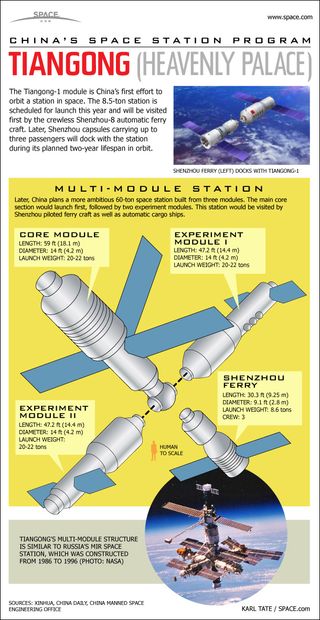
Long-term goals
China has announced its plans to build the manned space station, but beyond that, it isn't sharing.
"It's part of a multiphase, incremental, but very ambitious program," Johnson-Freese said. "You go to low-Earth orbit, then you go on to the moon. If you have the political will and the funding, you continue from there. They have not officially declared for a manned lunar landing, but clearly that's the brass ring they will eventually reach for when they have proved the technology along the way."
China's space ambitions serve multiple national goals. By charting achievements in space, the nation is driving the development of its science and technology community, increasing its military might, and sending a powerful signal about its status to people at home and abroad.
"Space is very much an indicator of a country's willingness to look into the future," Johnson-Freese said. "It has a lot of symbolic resonance as well."
You can follow SPACE.com senior writer Clara Moskowitz on Twitter @ClaraMoskowitz. Follow SPACE.com for the latest in space science and exploration news on Twitter @Spacedotcom and on Facebook.
Join our Space Forums to keep talking space on the latest missions, night sky and more! And if you have a news tip, correction or comment, let us know at: community@space.com.

Clara Moskowitz is a science and space writer who joined the Space.com team in 2008 and served as Assistant Managing Editor from 2011 to 2013. Clara has a bachelor's degree in astronomy and physics from Wesleyan University, and a graduate certificate in science writing from the University of California, Santa Cruz. She covers everything from astronomy to human spaceflight and once aced a NASTAR suborbital spaceflight training program for space missions. Clara is currently Associate Editor of Scientific American. To see her latest project is, follow Clara on Twitter.
